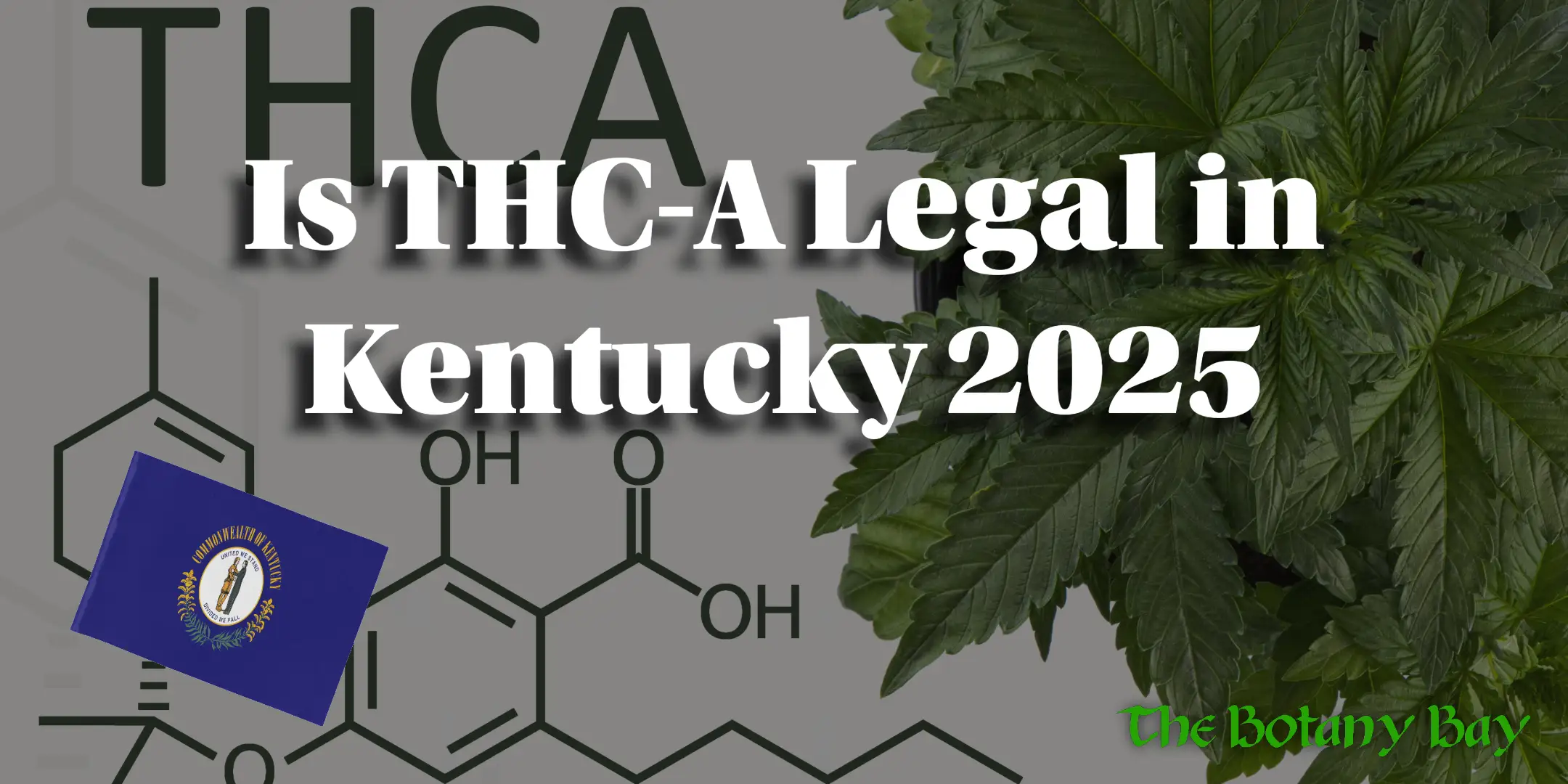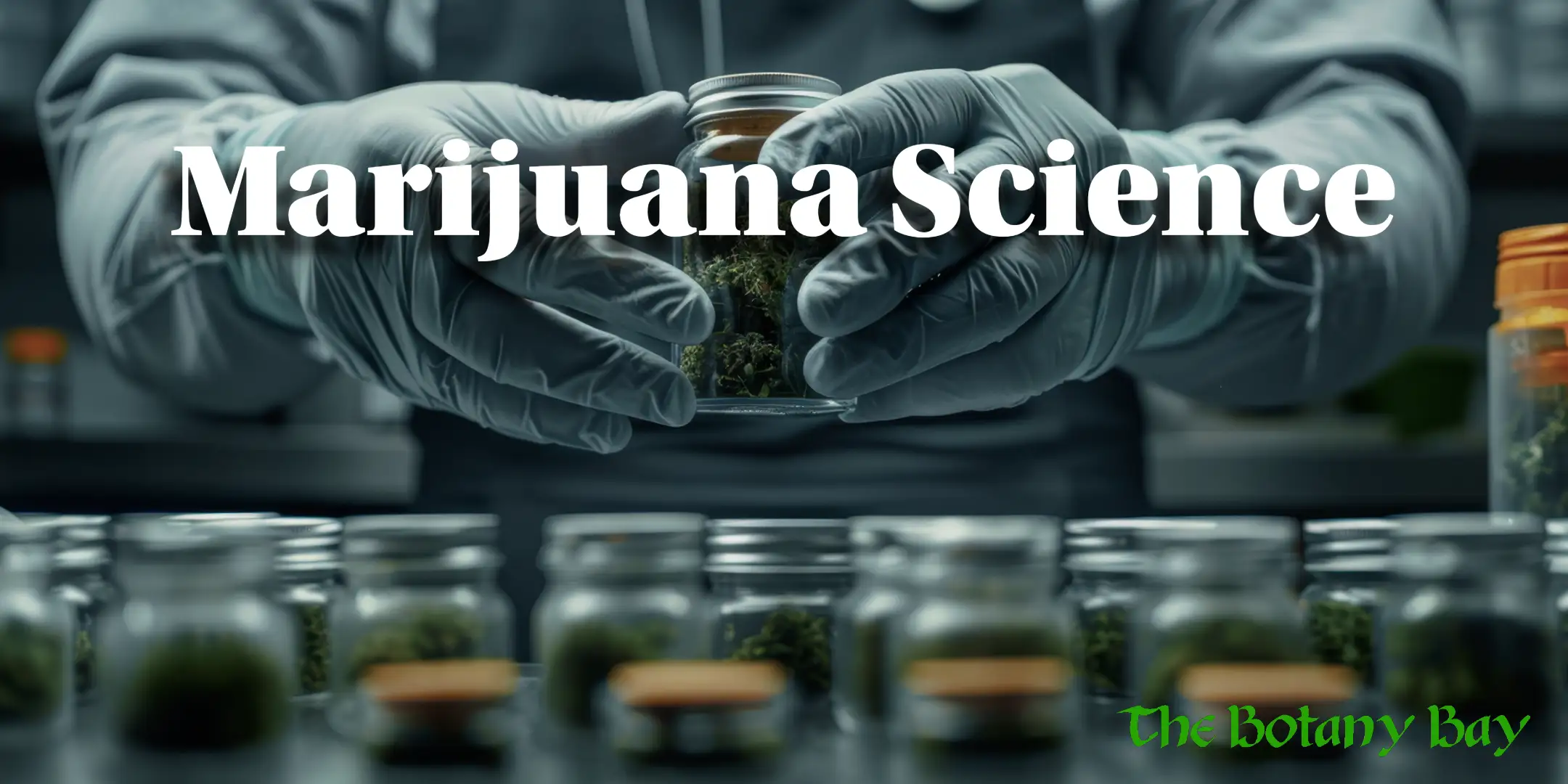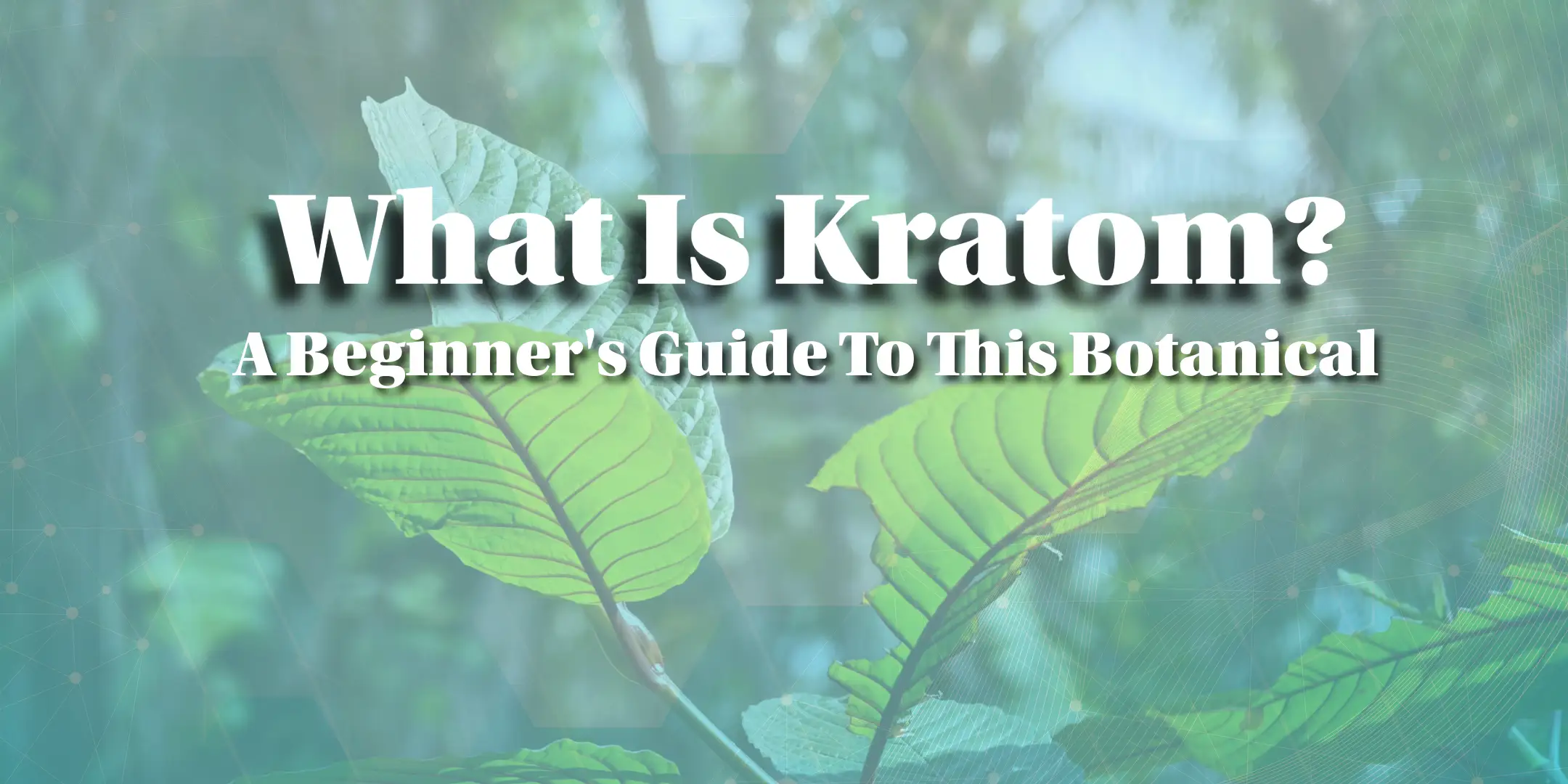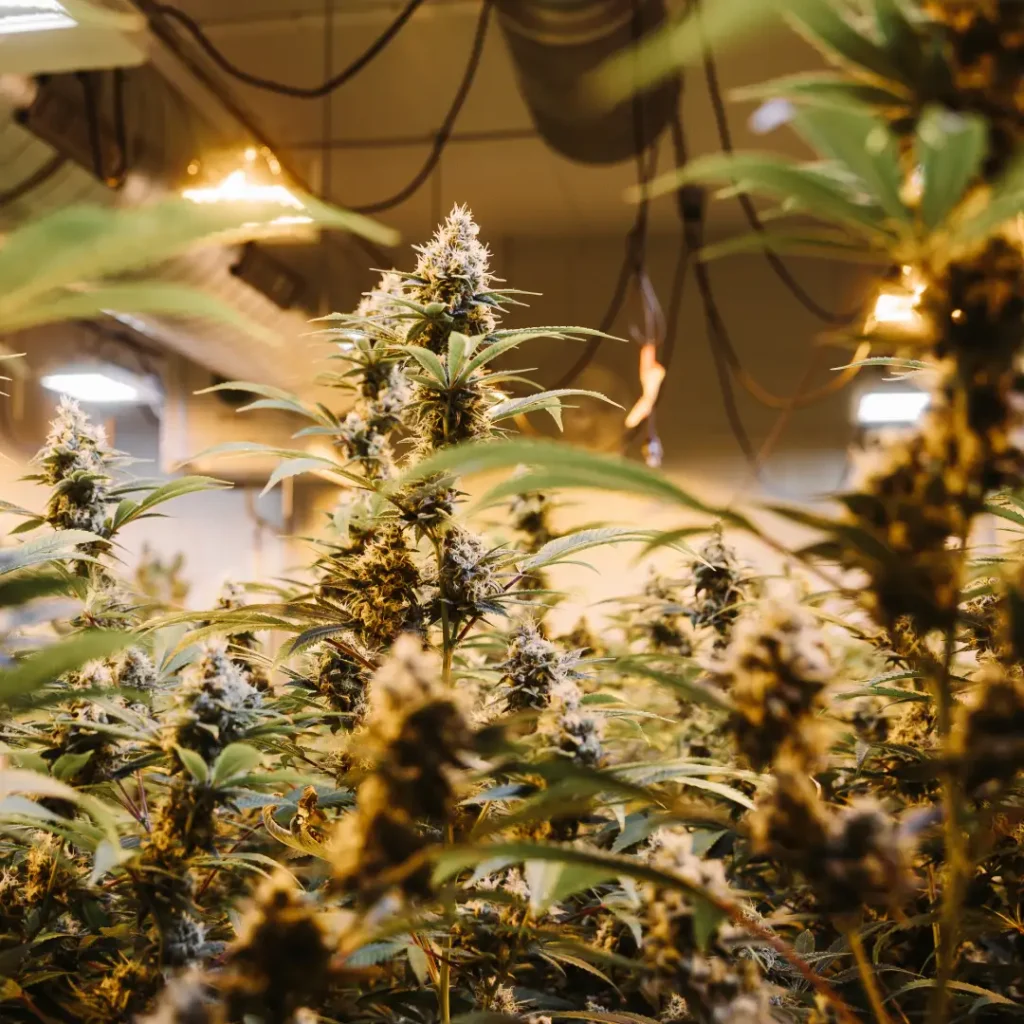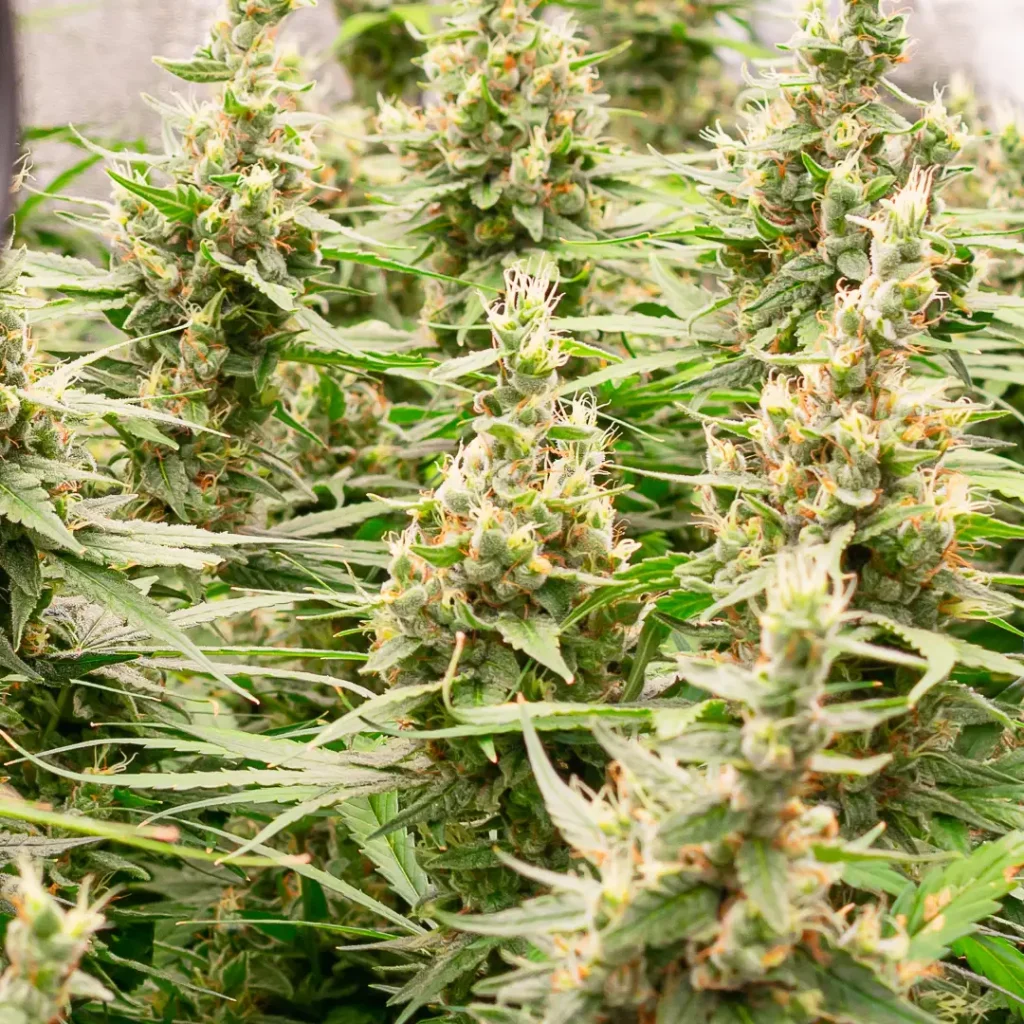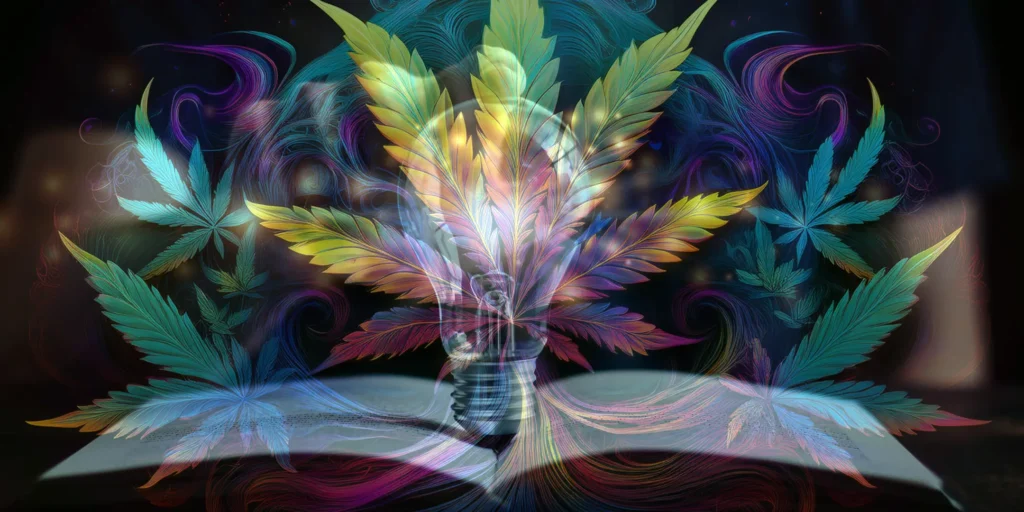
Many hemp products on the market today, like Delta-8 THC, HHC, and others, don’t occur naturally in large amounts in hemp plants. Instead, they are made through conversion processes that change one cannabinoid into another. This may sound unusual, but in reality, it’s very similar to everyday chemistry used in food and household items.
Why Convert CBD and CBG?
Cannabinoids like CBD and CBG are abundant in hemp, while others such as Delta-8 THC, Delta-10 THC, and HHC exist only in tiny amounts naturally. To make products that are widely available, manufacturers use lab techniques to convert CBD or CBG into other cannabinoids. This allows for consistent production while staying within hemp regulations, as long as the final product meets federal and state laws.
Everyday Examples of Similar Chemistry
- Margarine: Made by hydrogenating vegetable oil to change its structure.
- Decaf Coffee: Uses solvents or CO₂ extraction to alter natural coffee beans.
- Vinegar: Created when ethanol ferments into acetic acid.
In the same way, cannabinoid conversion takes something natural (like CBD) and carefully transforms it into another compound (like Delta-8 or HHC). The base molecule is still plant-derived, it’s just been shifted into a different form through a controlled chemical process. Stay up to date on all cannabinoids at our knowledge base.
Common Cannabinoid Conversions
CBD → Delta-8 THC: One of the most common conversions, often using acids and heat to rearrange CBD’s structure.
CBD → Delta-10 THC: A similar process that yields a different THC isomer.
CBD → HHC: Made by adding hydrogen (a process called hydrogenation), much like turning vegetable oil into margarine.
CBG → Minor cannabinoids: CBG is considered a “parent” cannabinoid, and researchers can convert it into rarer forms like CBC or CBN in the lab.
Legal Considerations
While conversion itself is not illegal, the status of the resulting cannabinoid depends on state law. Federally, hemp-derived cannabinoids must stay under 0.3% Delta-9 THC. Some states restrict or ban specific cannabinoids like Delta-8 or THCa regardless of how they are made. Always check local regulations before purchasing hemp-derived products.
The Bottom Line
The chemistry behind hemp-derived cannabinoids may sound complex, but it’s really no stranger than the processes used to make margarine, vinegar, or decaf coffee. By converting abundant cannabinoids like CBD and CBG, producers can create consistent supplies of Delta-8, HHC, and other hemp compounds. What matters most for consumers is transparency, lab testing, and staying informed about the laws in their state.
FAQ Section
How is Delta-8 made?
Delta-8 THC is usually made by converting CBD through a process involving acids and heat to rearrange its molecular structure.
Is converting CBD to other cannabinoids safe?
The process itself is a form of common chemistry. The key factor is whether the product is made by a reputable manufacturer with third-party lab testing.
Is this the same as synthetic THC?
No. These cannabinoids start with hemp-derived CBD or CBG. While chemistry is used to transform them, they are plant-based conversions rather than fully synthetic compounds.

